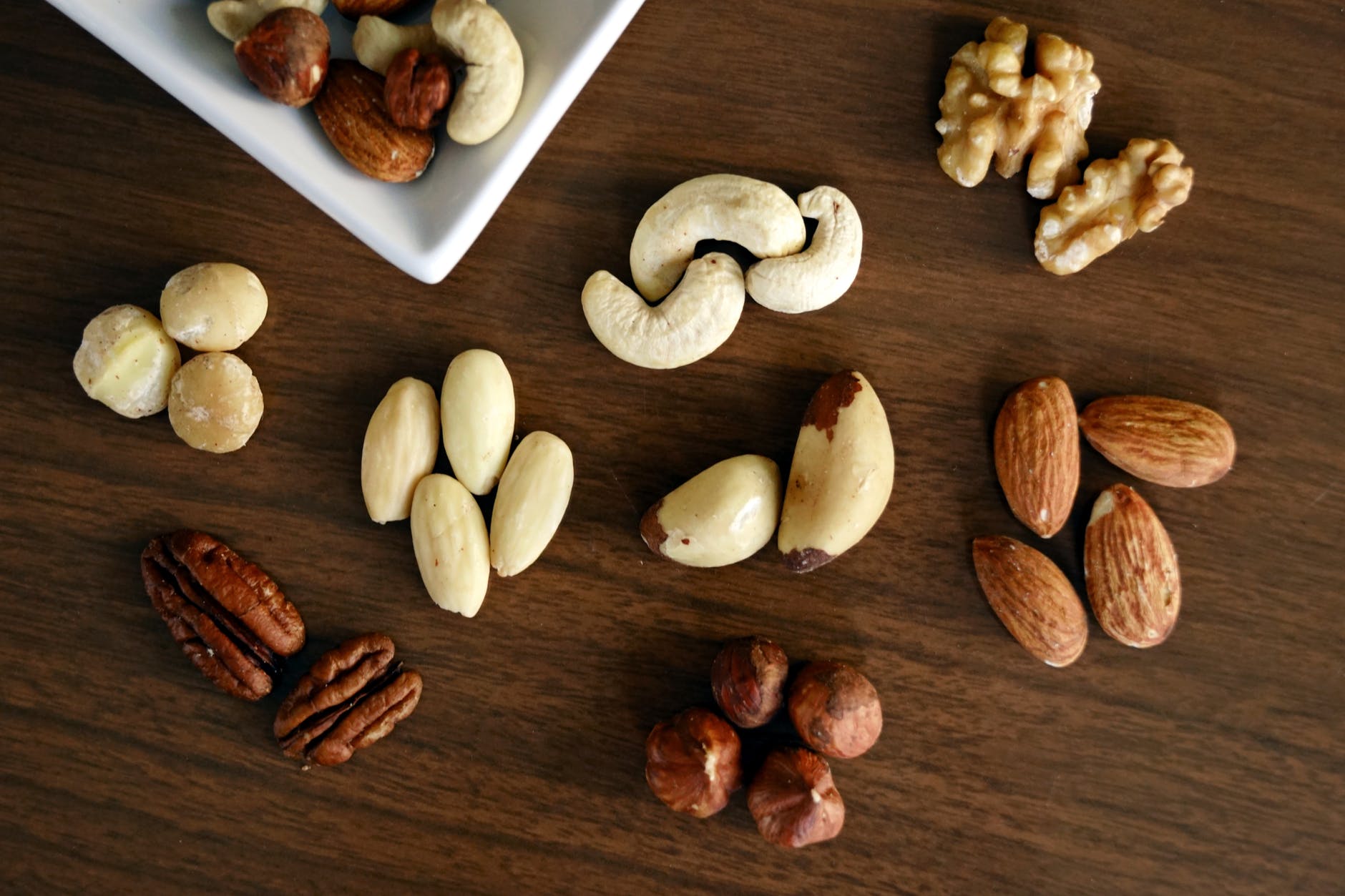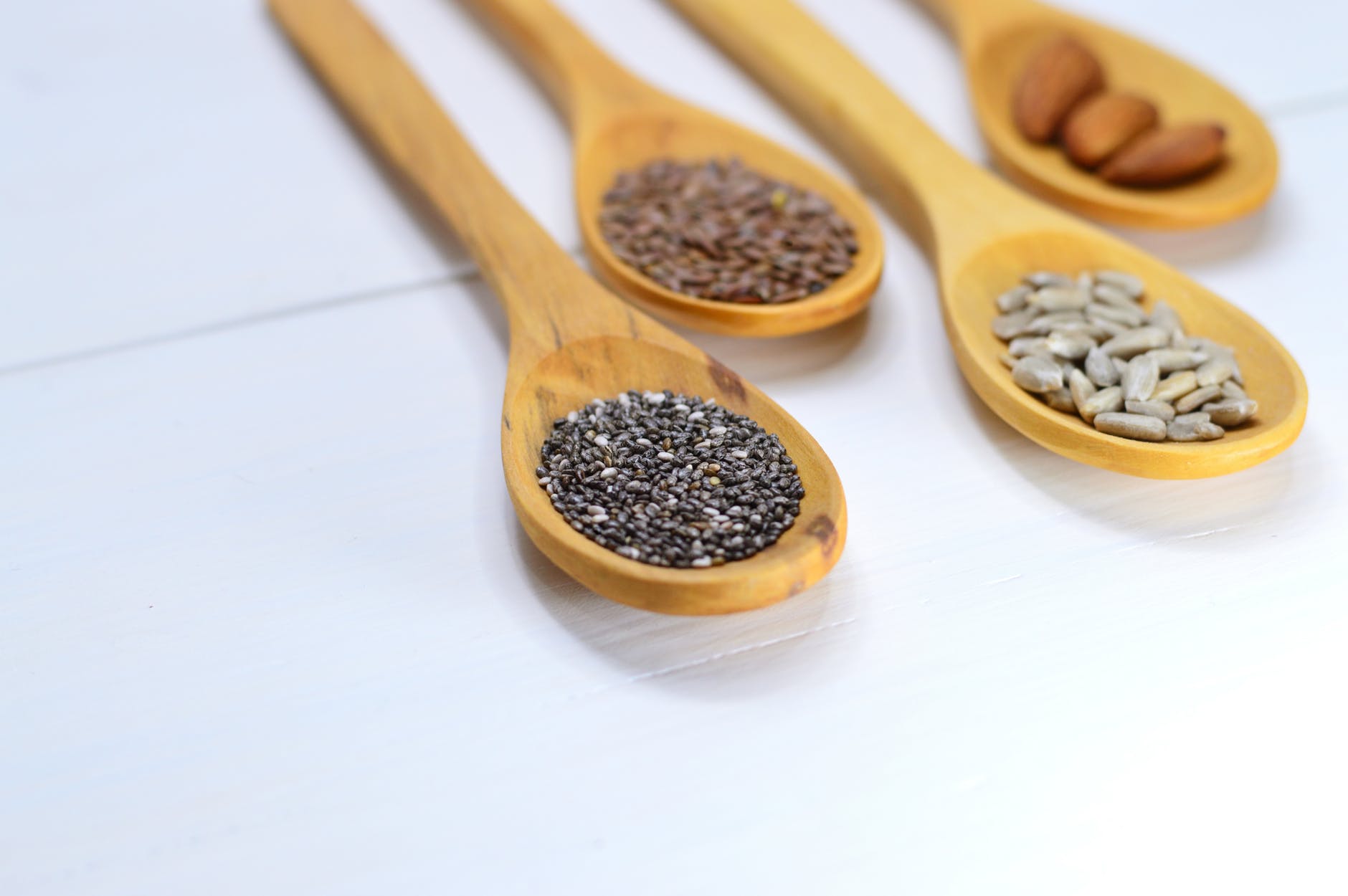The Protein Problem: How the source affects cardiovascular risk
Thanks to popular wisdom, we tend to consider animal protein our dietary MVP – it’s associated with building muscle, and high-animal protein weight loss diets are still popular. In contrast, plant protein from vegetables, legumes, nuts and seeds is considered a “second string” source. But as usual, popular wisdom only gets part of the story right. When it comes to protecting your cardiovascular health, it is the source of your protein that matters most.
Many studies have demonstrated that plant protein is beneficial – and animal protein is harmful – regarding outcomes such as cardiovascular disease, cancer, and death from all causes. But new data, gathered by the Adventist Health Study 2, takes a more nuanced look at exactly which types of plant and animal proteins have the greatest impact on your risk of heart disease. Researchers decided to ask which protein-containing foods in particular contribute to increasing or decreasing cardiovascular risk. It will come as no surprise to Nutritarians that nuts and seeds emerged as the most beneficial source of this vital nutrient.
 All protein is not equal
All protein is not equal
In this new study, researchers focused on the specific sources of the subjects’ protein intake. A total of 81,337 participants were asked about their usual intake of these foods during the previous year, and then they were followed for 6-12 years. Data was analyzed to determine the percentage of total protein that came from these animal and plant sources.
Of all the plant and animal protein sources analyzed, risk of cardiovascular deaths steadily climbed with higher consumption of meat protein, and steadily fell with greater consumption of protein from nuts and seeds.
In the groups with the highest meat intake, risk was about 60 percent higher than in the group with the lowest intake. In the group with the highest intake of nuts and seeds, the cardiovascular risk was about 40 percent lower compared to the group with the lowest intake of nuts and seeds.1
These results are consistent with previous research that has compared nuts to meat as a major calorie source.2 Plus, there have now been numerous studies linking higher nut intake to longevity.3
Why is meat so harmful to the cardiovascular system?
- Meat is high in Advanced Glycation End Products (AGEs), which contribute to vascular damage, especially in people with diabetes.4,5
- Meat is high in heme iron, which has pro-oxidant effects that promote cardiovascular disease.6
- Meat contains pro-inflammatory components such as arachidonic acid,7 saturated fat,8 and carnitine.9
- Meat consumption (and animal protein consumption in general) is associated with weight gain.10,11
- Meat promotes the growth of unfavorable bacteria that lead to the production of TMAO, which inflames the endothelium and promotes atherosclerosis.9
In addition to cardiovascular disease, diets high in animal protein also promote cancer. Animal protein, which has a higher biological value (compared to plant protein) because of its greater essential amino acid content, is absorbed and utilized quickly by the body. This raises IGF-1 to dangerous levels, which promotes the growth of tumors and enhances fat storage.12-15
Why are nut and seeds so protective?
- Nuts and seeds are the optimal protein choice for a cardio-protective diet.
- They are rich in a variety of heart-healthy nutrients: potassium, magnesium, fiber, plant sterols, tocopherols (vitamin E), flavonoids and other polyphenols.16
- They have been shown to reduce total and LDL cholesterol.17
- The fat-binding fibers are not absorbed, carrying fat into the stool and toilet.
- They are highly satiating, promoting a healthy weight.18-20
- Nuts are rich in arginine and glutamic acid, which aid in the production of nitric oxide and are important for maintaining a favorable blood pressure. 21,22
- They promote favorable blood glucose levels in studies on patients with type 2 diabetes.16
- Nut consumption is associated with better vascular (blood vessel) function and reduced oxidative stress.23-25
In addition to their cardiovascular benefits, nuts also facilitate the absorption of vegetable-derived phytochemicals, which increases the anti-oxidant potential and the protective function of immune system cells.24 Calories from nuts and seeds are absorbed very slowly, which means that the body is more likely to use them for energy rather than storage. IGF-1 levels that are too high or too low are detrimental to health, and the major determinant of IGF-1 levels is essential amino acid intake.14,27 A diet rich in plant protein sources (such as seeds, nuts, and beans) provide adequate but not excessive amounts of all of the essential amino acids, enabling the body to modulate (lower) IGF-1 to the most protective levels, without getting too low.28
As protein and fat sources, nuts and seeds are the clear winner over animal products. Nuts and seeds are crucial for cardiovascular health and longevity. Now that’s the kind of wisdom that deserves to be popular.
Quick and delicious ways to put some muscle in your protein
Now that you know why your protein should come from the dirt rather than off the hoof, here are a few easy ways to improve the quality of your diet. And if you have any great tips that work for you, please share them in the comments section!
- Limit animal protein to no more than 2 ounces in a day.
- If you have animal protein, skip a day (at least) between servings.
- Use mushrooms, beans and even crumbled tofu to add a meaty texture to a dish.
- Eat nuts and seeds with leafy greens to aid in the absorption of fat-soluble nutrients from the greens.
- Eat some omega-3-rich chia seeds, ground flaxseeds, and/or walnuts every day.
- Add hemp seeds to a smoothie for a protein (and omega-3) boost.
Joel Fuhrman, M.D. is a board-certified family physician, six-time New York Times bestselling author and internationally recognized expert on nutrition and natural healing, who specializes in preventing and reversing disease through nutritional methods. Dr. Fuhrman coined the term “Nutritarian” to describe his longevity-promoting, nutrient dense, plant-rich eating style.
References
- Tharrey M, Mariotti F, Mashchak A, et al. Patterns of plant and animal protein intake are strongly associated with cardiovascular mortality: the Adventist Health Study-2 cohort. Int J Epidemiol 2018.
- Bernstein AM, Sun Q, Hu FB, et al. Major dietary protein sources and risk of coronary heart disease in women. Circulation 2010, 122:876-883.
- Grosso G, Yang J, Marventano S, et al. Nut consumption on all-cause, cardiovascular, and cancer mortality risk: a systematic review and meta-analysis of epidemiologic studies. Am J Clin Nutr 2015, 101:783-793.
- Goldberg T, Cai W, Peppa M, et al. Advanced glycoxidation end products in commonly consumed foods. J Am Diet Assoc 2004, 104:1287-1291.
- Goldin A, Beckman JA, Schmidt AM, Creager MA. Advanced glycation end products: sparking the development of diabetic vascular injury. Circulation 2006, 114:597-605.
- Brewer GJ. Iron and copper toxicity in diseases of aging, particularly atherosclerosis and Alzheimer’s disease. Exp Biol Med 2007, 232:323-335.
- de Lorgeril M, Salen P. New insights into the health effects of dietary saturated and omega-6 and omega-3 polyunsaturated fatty acids. BMC Med 2012, 10:50.
- Kennedy A, Martinez K, Chuang CC, et al. Saturated fatty acid-mediated inflammation and insulin resistance in adipose tissue: mechanisms of action and implications. J Nutr 2009, 139:1-4.
- Koeth RA, Wang Z, Levison BS, et al. Intestinal microbiota metabolism of l-carnitine, a nutrient in red meat, promotes atherosclerosis. Nat Med 2013.
- Bujnowski D, Xun P, Daviglus ML, et al. Longitudinal Association between Animal and Vegetable Protein Intake and Obesity among Men in the United States: The Chicago Western Electric Study. J Am Diet Assoc 2011, 111:1150-1155 e1151.
- Rosell M, Appleby P, Spencer E, Key T. Weight gain over 5 years in 21,966 meat-eating, fish-eating, vegetarian, and vegan men and women in EPIC-Oxford. Int J Obes (Lond) 2006, 30:1389-1396.
- Key TJ, Appleby PN, Reeves GK, Roddam AW. Insulin-like growth factor 1 (IGF1), IGF binding protein 3 (IGFBP3), and breast cancer risk: pooled individual data analysis of 17 prospective studies. The lancet oncology 2010, 11:530-542.
- Rowlands MA, Gunnell D, Harris R, et al. Circulating insulin-like growth factor peptides and prostate cancer risk: a systematic review and meta-analysis. Int J Cancer 2009, 124:2416-2429.
- Thissen JP, Ketelslegers JM, Underwood LE. Nutritional regulation of the insulin-like growth factors. Endocr Rev 1994, 15:80-101.
- Levine ME, Suarez JA, Brandhorst S, et al. Low Protein Intake Is Associated with a Major Reduction in IGF-1, Cancer, and Overall Mortality in the 65 and Younger but Not Older Population. Cell Metab 2014, 19:407-417.
- Kim Y, Keogh JB, Clifton PM. Benefits of Nut Consumption on Insulin Resistance and Cardiovascular Risk Factors: Multiple Potential Mechanisms of Actions.Nutrients 2017, 9.
- Del Gobbo LC, Falk MC, Feldman R, et al. Effects of tree nuts on blood lipids, apolipoproteins, and blood pressure: systematic review, meta-analysis, and dose-response of 61 controlled intervention trials. Am J Clin Nutr 2015, 102:1347-1356.
- O’Neil CE, Fulgoni VL, 3rd, Nicklas TA. Tree Nut consumption is associated with better adiposity measures and cardiovascular and metabolic syndrome health risk factors in U.S. Adults: NHANES 2005-2010. Nutr J 2015, 14:64.
- Jackson CL, Hu FB. Long-term associations of nut consumption with body weight and obesity. Am J Clin Nutr 2014, 100 Suppl 1:408S-411S.
- Mattes RD, Dreher ML. Nuts and healthy body weight maintenance mechanisms. Asia Pac J Clin Nutr 2010, 19:137-141.
- Vasdev S, Gill V. The antihypertensive effect of arginine. Int J Angiol 2008, 17:7-22.
- Stamler J, Brown IJ, Daviglus ML, et al. Glutamic acid, the main dietary amino acid, and blood pressure: the INTERMAP Study (International Collaborative Study of Macronutrients, Micronutrients and Blood Pressure). Circulation 2009, 120:221-228.
- Katz DL, Davidhi A, Ma Y, et al. Effects of walnuts on endothelial function in overweight adults with visceral obesity: a randomized, controlled, crossover trial. J Am Coll Nutr 2012, 31:415-423.
- Kris-Etherton PM. Walnuts decrease risk of cardiovascular disease: a summary of efficacy and biologic mechanisms. J Nutr 2014, 144:547S-554S.
- Bullo M, Juanola-Falgarona M, Hernandez-Alonso P, Salas-Salvado J. Nutrition attributes and health effects of pistachio nuts. Br J Nutr 2015, 113 Suppl 2:S79-93.
- Brown MJ, Ferruzzi MG, Nguyen ML, et al. Carotenoid bioavailability is higher from salads ingested with full-fat than with fat-reduced salad dressings as measured with electrochemical detection. Am J Clin Nutr 2004, 80:396-403.
- Clemmons DR, Seek MM, Underwood LE. Supplemental essential amino acids augment the somatomedin-C/insulin-like growth factor I response to refeeding after fasting. Metabolism 1985, 34:391-395.
- Young VR, Pellett PL. Plant proteins in relation to human protein and amino acid nutrition. Am J Clin Nutr 1994, 59:1203S-1212S


